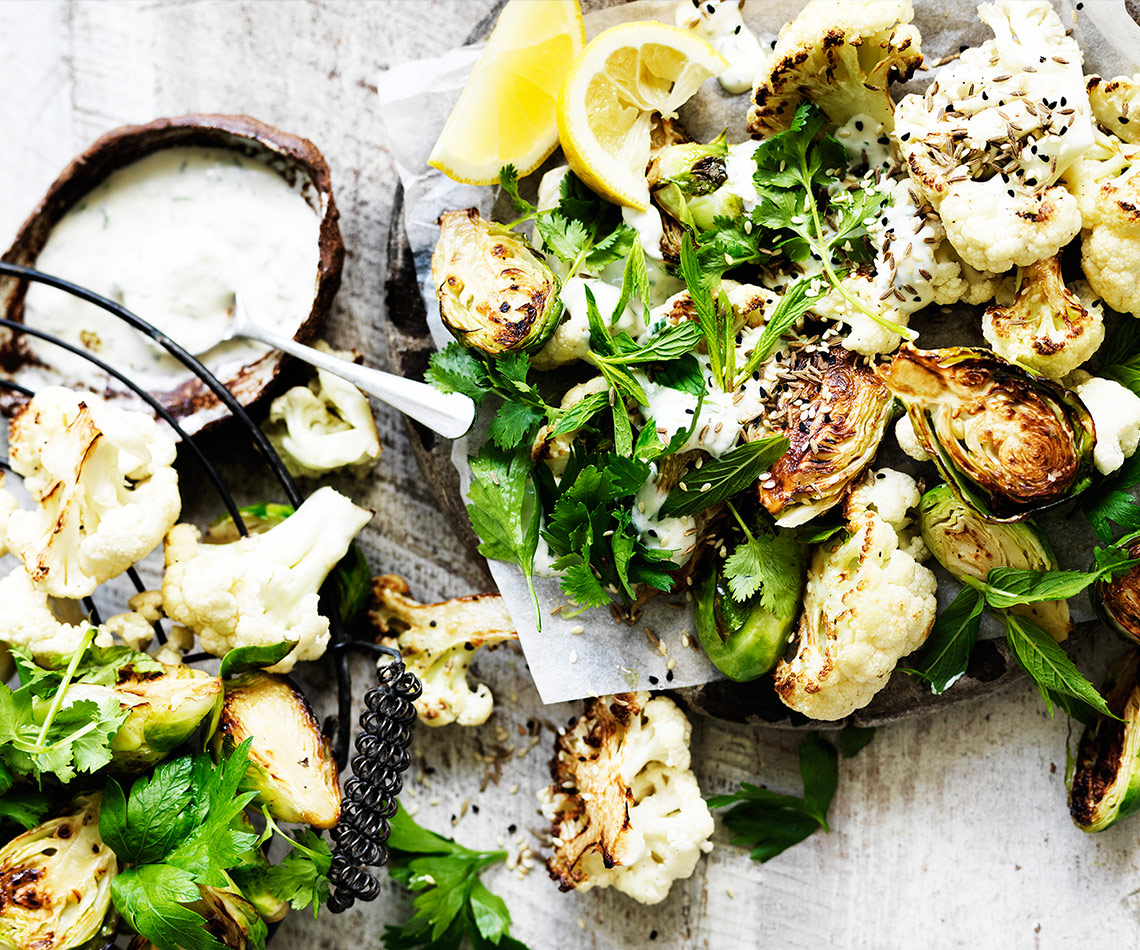By Skye Swaney
We’re often told that kids need to be eating around five serves of vegetables each day, or the equivalent of 2 1/2 cups.
But this can seem almost laughable to the parent of a child who flatly refuses to even look at a vegetable. The saying “easier said than done” has never been more true.
Vegetables provide vitamins, minerals, dietary fibre and many phytonutrients (nutrients naturally present in plants) that are vital to kids’ growing bodies. They may also help protect against chronic diseases such as heart disease, stroke and some types of cancers later in life.
But research shows that only nine per cent of four to eight-year-olds in Australia eat the recommended serves of vegetables each day and only five percent of nine to 13-year-olds, so it’s no wonder parents are concerned.

Skye Swaney is an Accredited Practicing Dietitian and Nutritionist at Go Kidz with over 12 years experience in the field.
(Image: Supplied)While as parents, we know how important vegetables are in a child’s diet, often our kids couldn’t care less.
Dealing with a child who shuns any vegetable on their plate can be stressful, so its no wonder that many parents resort to hiding vegetables in meals and snacks.
In fact, such is the desperation of parents that it’s given rise to a variety of best selling books on this very topic!
The problem with hiding vegetables
Pureeing vegetables to hide in a meal can certainly be a great way to boost the vegetable content of your usual dishes such as spaghetti bolognaise, lasagne and cottage pie.
Unfortunately, it’s only a short-term solution, one that you may end up paying for later.
The issue with hiding vegetables is that children don’t learn that they’re a normal part of a meal. Nor do they get to learn about the taste and textures of vegetables and the different ways in which they can be cooked, so it ultimately denies them the chance to explore whether they do in fact like them.
It can also lead to suspicion of foods and lack of trust, further exacerbating fussy eating.
READ NEXT: Kidgredients Broccoli and chicken cheesy lasagne. Continues after video …
Why won’t my child eat vegetables?
It’s important to remember that kids are naturally afraid of new foods. It’s called neophobia and is an inbuilt survival instinct to prevent them from eating something they shouldn’t.
In some ways, we can be thankful for this inbuilt safety measure, as it (hopefully) stops them from eating anything they come across.
But it also means that it can take many, many exposures to a new food before it’s accepted – 10-15 in fact!
There’s also the issue of taste. Vegetables, particularly green vegetables, often taste bitter to kids, a taste that adults have grown used to through repeated exposure.
This also applies to foods such as coffee, dark chocolate and wine – most of us didn’t like these things the first time we tried them either.

Fussy eaters can sniff a bit of green at ten paces.
(Image: Getty)What can we do instead?
While there’s nothing wrong with occasionally hiding veggies, a better approach to take is to offer vegetables in multiple forms – include some in their main meal and some on the side or in the middle of the table so they can help themselves.
In dishes such as spaghetti bolognese, keep vegetables small but visible, so that kids can see them but aren’t daunted by them. Then serve these dishes with a side of vegetables such as some peas, broccoli florets or a small salad, so that kids also have the option of trying some vegetables on their own.
Reduce the bitterness in bitter vegetables by sautéing and roasting them rather than steaming or boiling, and toss in some melted butter and a little salt.
Serve a familiar, liked vegetable alongside a new or ‘learning to like’ one – this helps kids to feel more comfortable with an unfamiliar food.
Add a familiar dip for kids to dip vegetable sticks in.
Encourage your kids to choose a new vegetable to try when you’re at the supermarket – this gives them a greater feeling of control and will also foster their curiosity around vegetables.
Involve kids in cooking as much as possible. They’ll be more likely to eat something they’ve helped to prepare.
Try to stay calm and relaxed during meal times. A stress-free environment is your best bet for encouraging kids to be more adventurous at the dinner table.
Remember to be a good role model by eating plenty of vegetables yourself and showing your kids how much you enjoy them.
If in doubt, remember the golden rule of feeding kids: Parents provide, kids decide.
.png)
